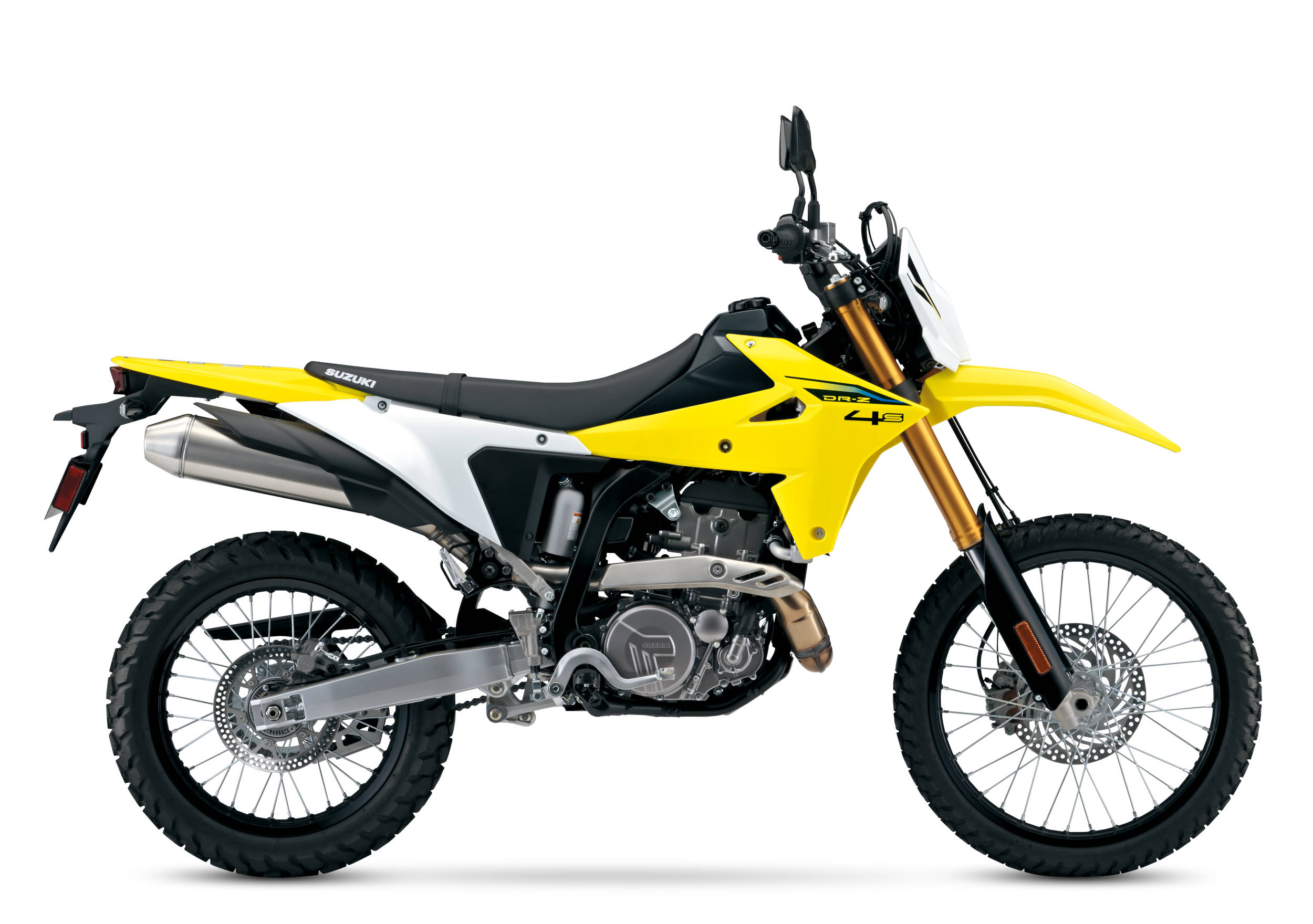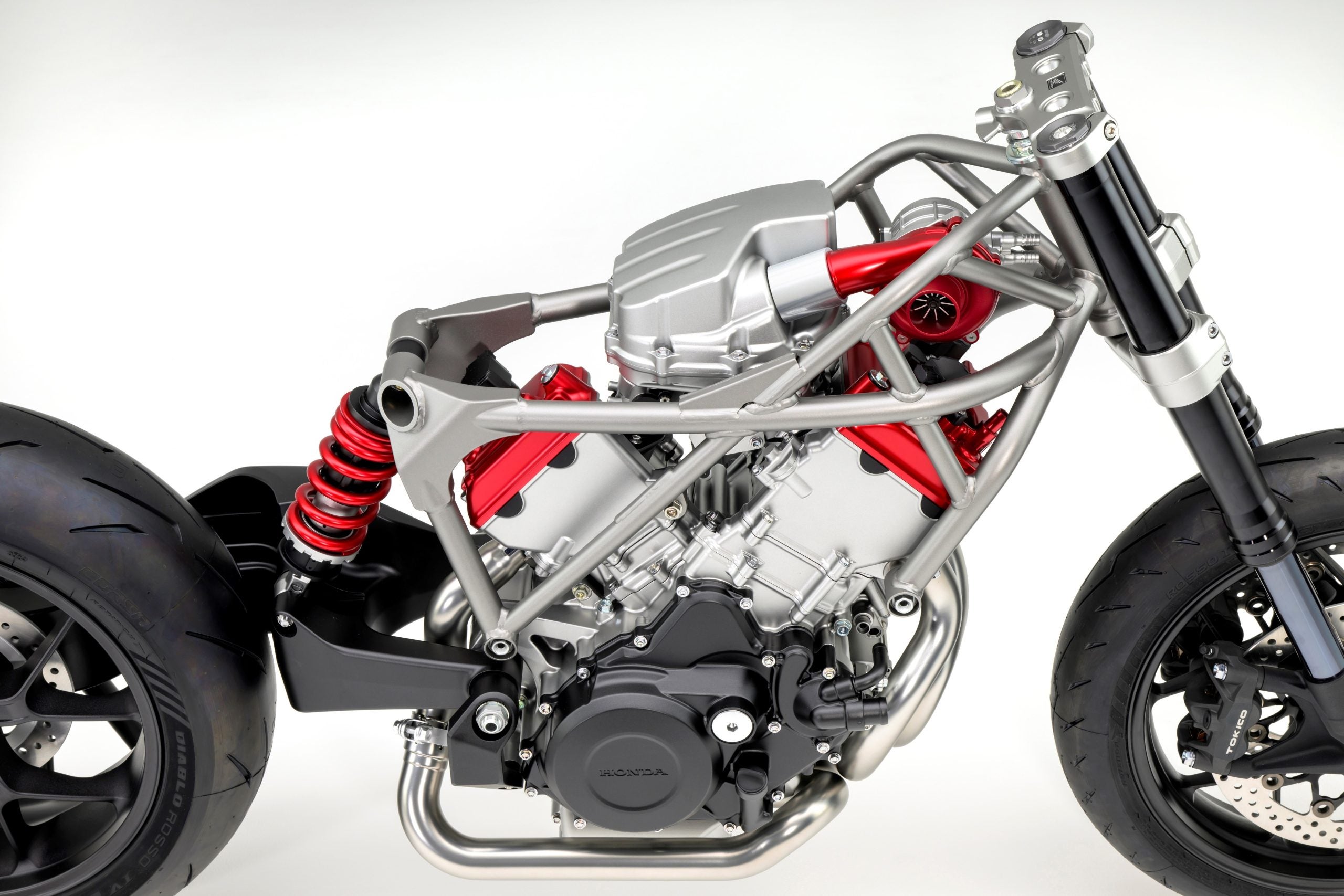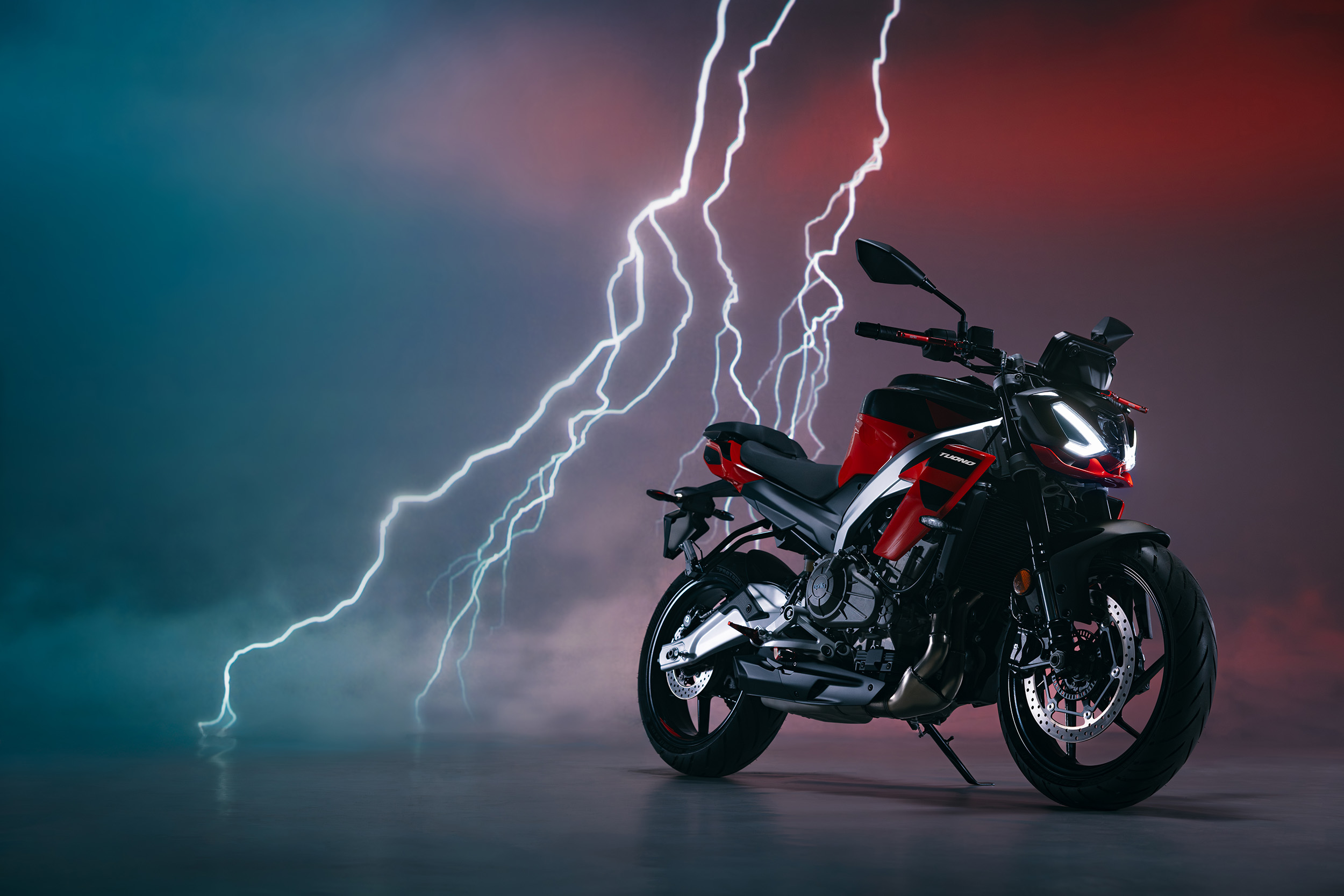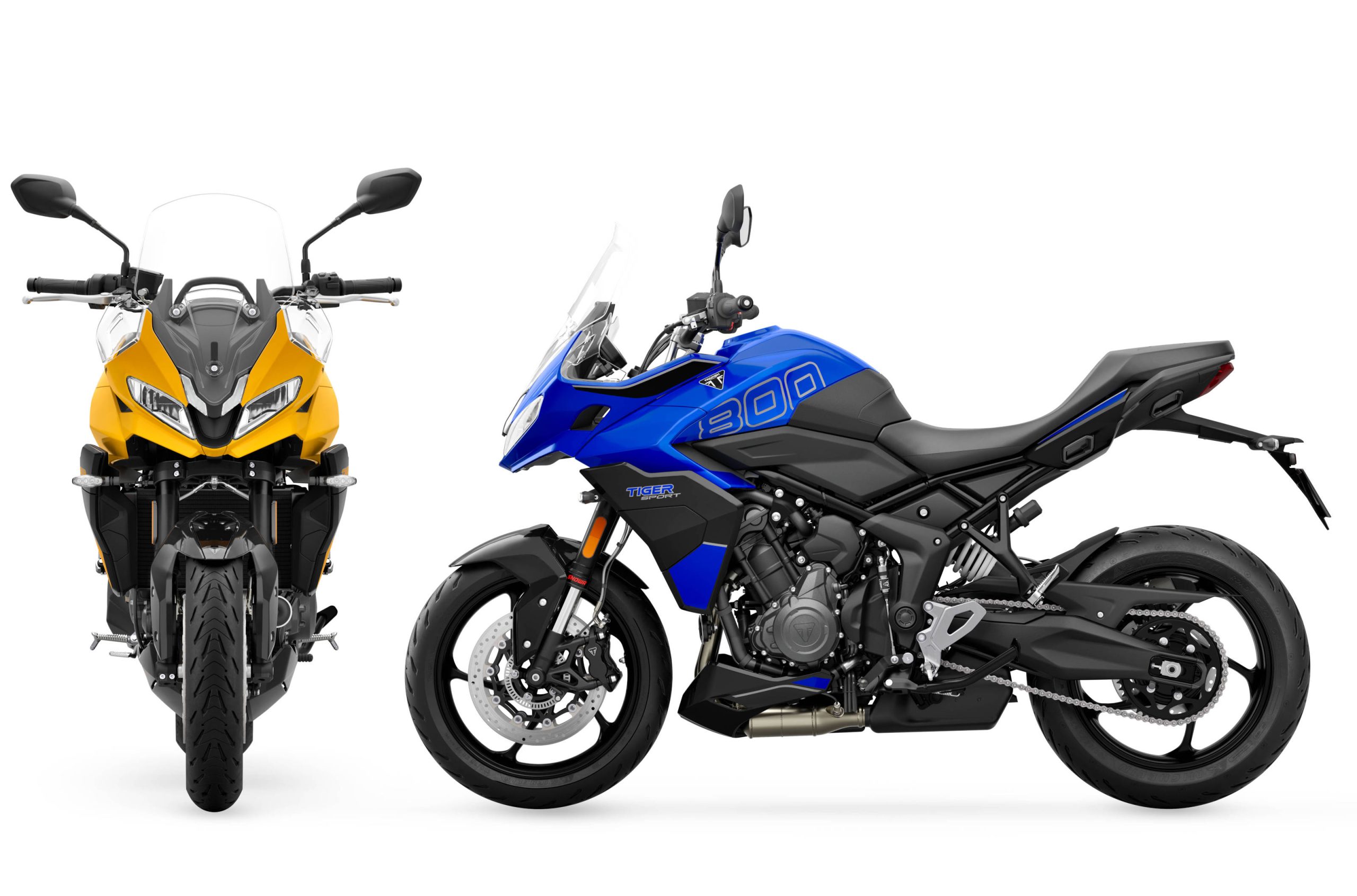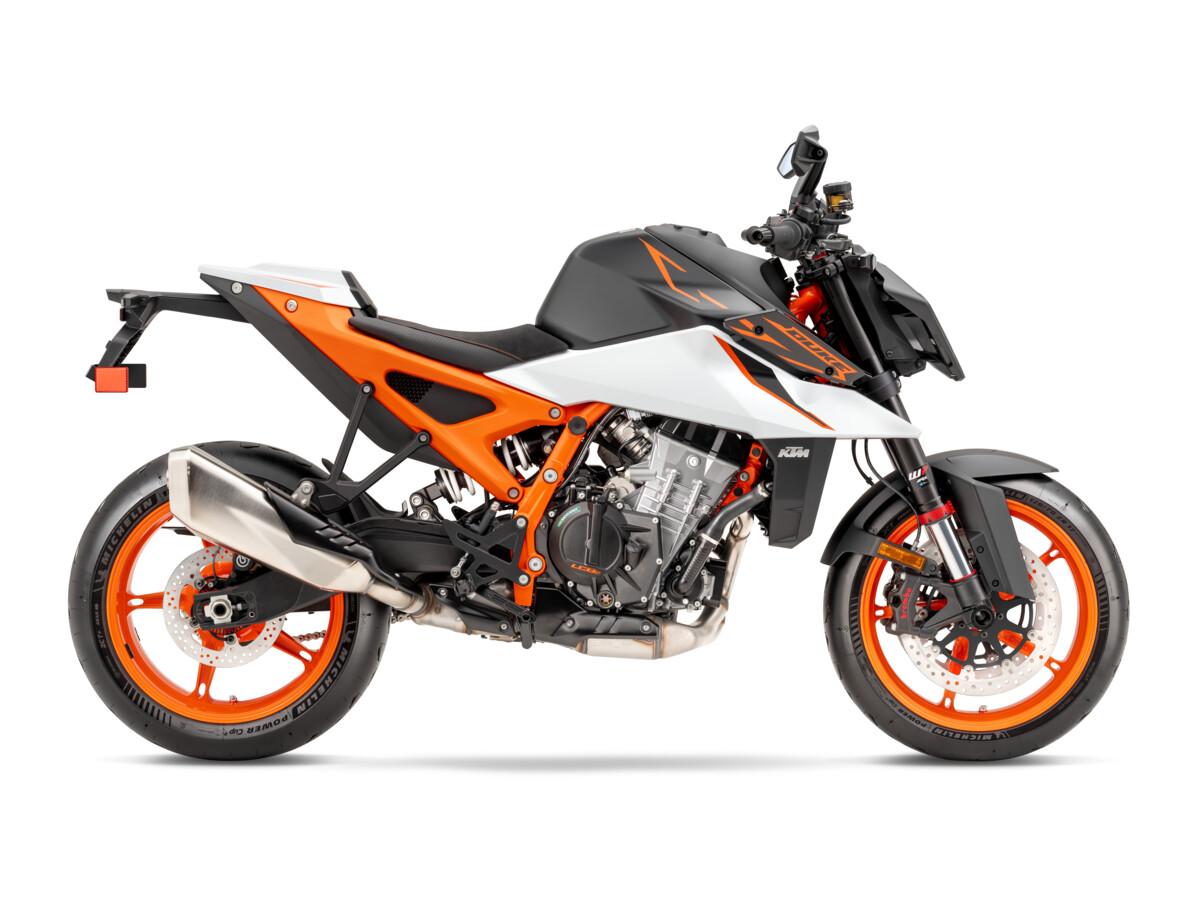Lighter, faster, we can rebuild him . . . Kinda sounds like the lead-in for a popular TV show called the Bionic Man. The sport bikes, actually, all of the bikes we ride these days get lighter and their performance improves with every model year, as manufacturers make them weigh less and squeeze more power from the engines. Through computer analysis of individual parts and new manufacturing processes, we see thinner material, lighter weight, fewer welds, etc. It’s what the customer wants, demands even, and the competition is eager to provide it in hopes of higher sales figures and increased market share. Be careful what you ask for . . .
What we have here is a situation where “Less equals more”, an oxymoron that accurately describes the engineering trend in motorcycles. Or does it, and at what cost to the customer?
In the quest for racetrack supremacy, the lighter, and more powerful motorcycle has the best chance to finish first, all other factors being equal. The environment of the racetrack is an unforgiving one for the motorcycle, and it receives (for safety as well as performance) much greater attention to maintenance and preparation than the same motorcycle used on the street. Even so, parts used beyond a certain point will fail. Valves break, and wheels collapse.
With a highly efficient, but less robust design, parts are less tolerant of forces beyond design intent, such as a missed shift, semi-frequent track days, potholes or just a simple parking lot tip-over that cracks the ultra thin (but lightweight) alternator cover. Those trick frames and sub-frames don’t take a hit like they used to, either, but they are light – and expensive.
Lighter bikes also get bounced around a bit more on the rougher roads, making suspension setup more critical. This is a point made clear to me when I switch between a middleweight sport bike and a sport touring bike, with the sport tourer having a better ride quality over the same stretch of road. Granted, its suspension is softer in every way, but there also is the added weight of the bike that helps to damp out the jarring pavement seams and the like.
I guess the point of this article is that lighter doesn’t always equal better. A little extra heft can make a big difference in component durability, and even improve the quality of your ride in the “real world”. Let’s hope that manufacturers properly balance these factors in designing the machines we spend our hard-earned dollars on.

